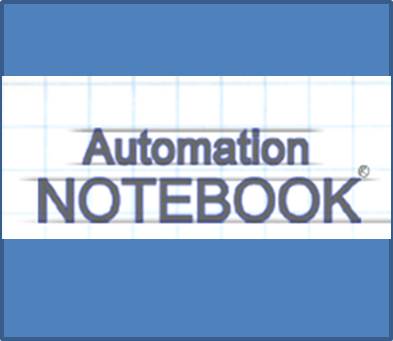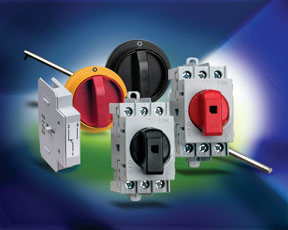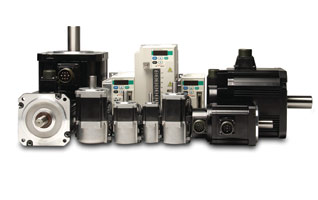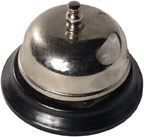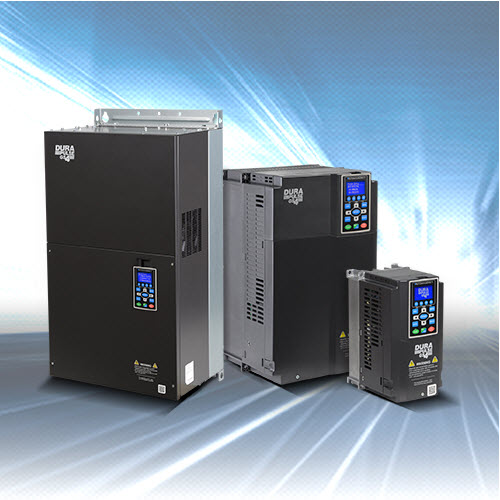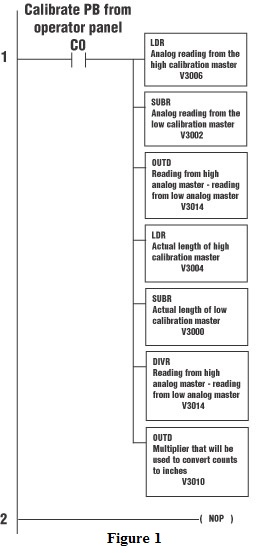Automation NotebookIssue 4 – 2005Learning ResourcesNotebook IssuePLC SpeakingProductProgrammable Control
PLCs Evolving Toward Motion Control
In our fast paced and economically stressed industrial world, flexibility is becoming a higher priority for those who are specifying automation systems. Users need multi-functional control, simple connectivity and easy access to process data, all wrapped up in a nice neat package. Today’s Programmable Logic Controllers (PLCs) have to be much more than the relay logic…



